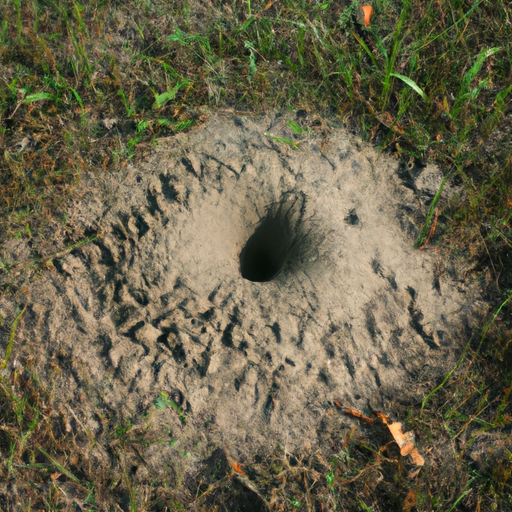 Introduction:
Introduction:
The natural world is a tapestry of extraordinary diversity, where animals have evolved a plethora of remarkable adaptations to survive and thrive in various habitats. One such adaptation is burrowing, a behavior observed in numerous animal species across the globe. Burrowing, the act of creating tunnels or dens in soil, sand, or other substrates, serves as a means of protection, shelter, hunting, or even reproductive activities. In this extensive article, we embark on an enthralling journey to explore the vast array of animal species that have mastered the art of burrowing.
1. Mammals:
1.1 Rodents:
Burrowing is a defining characteristic of rodents, with hundreds of species expertly constructing intricate tunnel systems. The naked mole rat, for instance, is a fascinating subterranean mammal that forms extensive colonies with complex tunnel networks to facilitate communal living. Other rodent burrowers include groundhogs, prairie dogs, and pocket gophers, each exhibiting unique adaptations to suit their ecological niche.
1.2 Carnivores:
While many carnivores prefer above-ground habitats, some species have evolved to burrow. The American badger, for example, excavates burrows for sleeping, rearing young, and hunting prey. Additionally, the European badger and the meerkat are exceptional burrowing carnivores that excel in creating intricate underground dwellings.
1.3 Insectivores:
Certain insectivorous mammals, such as the European mole, possess specialized limbs and powerful claws that enable efficient tunneling. Moles construct elaborate tunnel systems to forage for earthworms, their primary food source. Other insectivorous burrowers include the tenrecs and golden moles, which inhabit various regions of Africa.
2. Reptiles:
2.1 Snakes:
Several snake species exhibit burrowing behavior, utilizing their slender bodies and flexible scales to navigate through soil or sand. The sand boas, for instance, are renowned for their exceptional burrowing skills, employing their muscular body shape to propel themselves underground. Additionally, the blind snakes, found in various parts of the world, rely on burrows for protection and to exploit subterranean invertebrates.
2.2 Turtles and Tortoises:
Certain turtles and tortoises are adept burrowers, utilizing their sharp claws to excavate nests for egg-laying or to escape harsh environmental conditions. The desert tortoise, native to arid regions of North America, constructs burrows that offer refuge from extreme temperatures. Similarly, the gopher tortoise creates extensive burrow systems that provide shelter for over 350 other animal species.
3. Birds:
3.1 Penguins:
Among the avian species, penguins stand out as exceptional burrowers. These flightless birds create burrows, often located in colonies, to incubate their eggs and protect their young from the elements. The king penguin, Adélie penguin, and Magellanic penguin are notable examples of burrowing penguins.
4. Invertebrates:
4.1 Ants:
Ants are renowned for their remarkable ability to excavate complex networks of tunnels within soil or decaying wood. Leaf-cutter ants, for instance, construct both underground and above-ground chambers to cultivate gardens of fungus, their primary food source. Army ants also form temporary nests by linking their bodies together in a living structure known as a bivouac.
4.2 Termites:
Termites are master architects, constructing elaborate mounds and intricate tunnel systems. Some species, like the African termite Macrotermes bellicosus, build towering mounds that house millions of individuals, while others, such as subterranean termites, create underground burrows that help them access food sources and regulate temperature and humidity.
Conclusion:
The world of animal burrowing is a captivating realm, where organisms have evolved diverse adaptations to navigate, protect, and thrive beneath the surface. From mammals and reptiles to birds and invertebrates, numerous species have honed their burrowing skills to create intricate tunnel networks that serve a multitude of purposes. Understanding and appreciating the art of burrowing not only enriches our knowledge of the natural world but also deepens our admiration for the remarkable strategies employed by animals to survive in their respective habitats.
